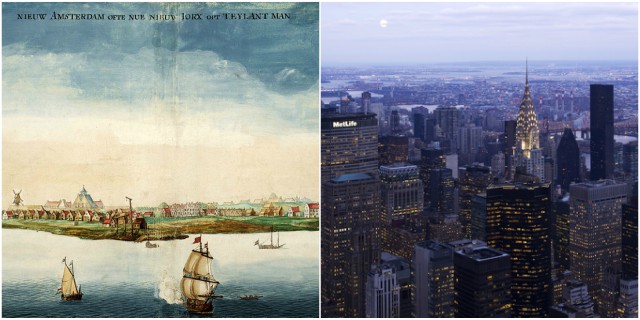Gotham, the Big Apple, the City that Never Sleeps: New York City is the most iconic city in the United States. With an estimated population of 8,550,405 in 2015, New York City is the most populous city in the country and has been described as the cultural and financial capital of the world.
At first, the area that eventually became New York City was a small island called Manna-hata by the local Native American tribe. The name meant “Heavenly land”.
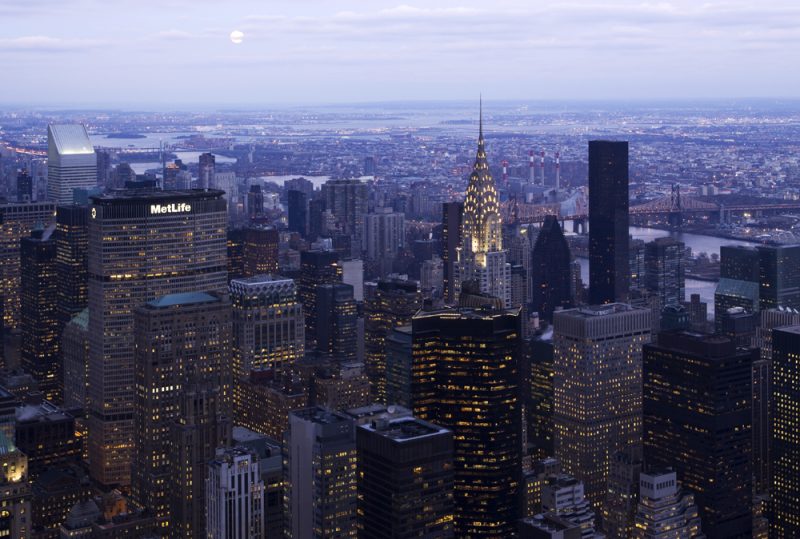
Italian explorer Giovanni da Verrazano commissioned by the King of France discovered New York Harbor in 1524. Today the Verrazzano Narrows Bridge, in New York City, is named after him. The region was rediscovered by Henry Hudson, an English sea captain working for Dutch merchants who sighted Manhattan Island before sailing up the Hudson River. He named the river after himself.
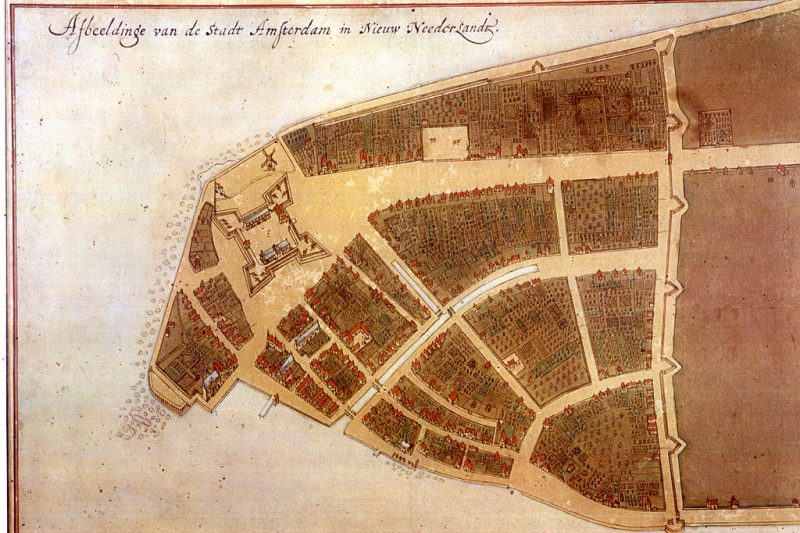
In 1624 the Dutch West India Company made the first attempt to settle the area by sending a group of settlers. They built a little town on the southern tip of Manhattan Island and in 1626 Peter Minuit bought the island of Manhattan from the Native Americans for about 60 Dutch guilders or $24 worth of beads and trinkets. Minuet named the town New Amsterdam and became its first governor.
New Amsterdam became a busy trading center between North America, the Caribbean, and Europe and was one of the most popular destinations because of its geographic location. Around 18 languages were spoken in New Amsterdam and the ethnic groups within New Amsterdam included Dutch, Danes, English, Flemish, French, Germans, Irish, Italians, Norwegians, Poles, Portuguese, Scots, Swedes, Walloons, and Bohemians.
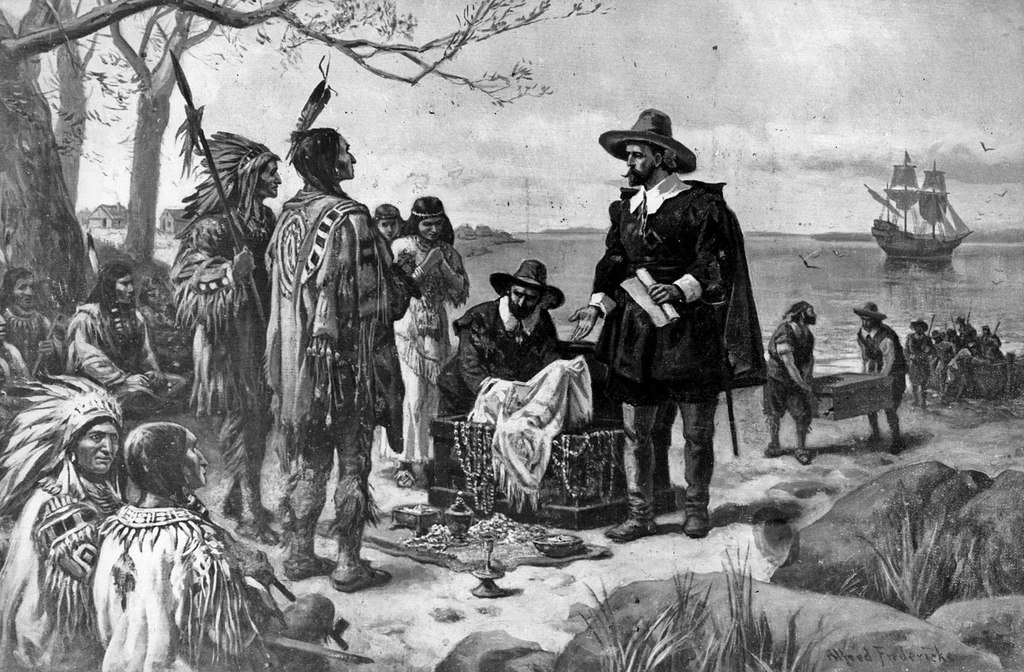
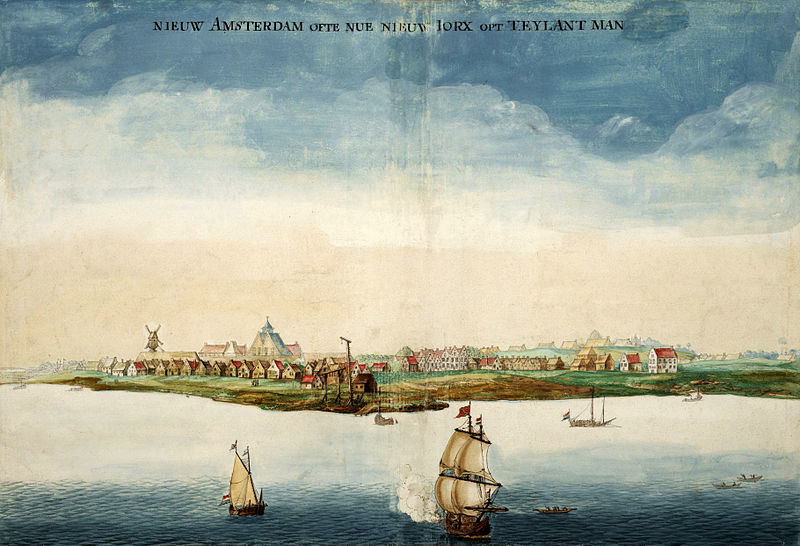
In 1640 the first Jewish synagogue in the New World was built in New Amsterdam. In 1653 Manhattan Island was surrounded to the north by a wall. The street next to it was called Wall Street. The colony prospered under the administration of Peter Stuyvesant and in 1653 New Amsterdam was incorporated as a city.
In 1664 when Charles II declared that all lands between the Delaware and Connecticut Rivers belonged to his brother James, the Duke of York when the English fleet entered the harbor to take the city Stuyvesant surrendered New Amsterdam to the English. The Netherlands temporary regained the settlement in 1673, but they lost it to the English again in 1674. New Amsterdam was renamed New York in honor of the Duke of York, brother of King Charles II.
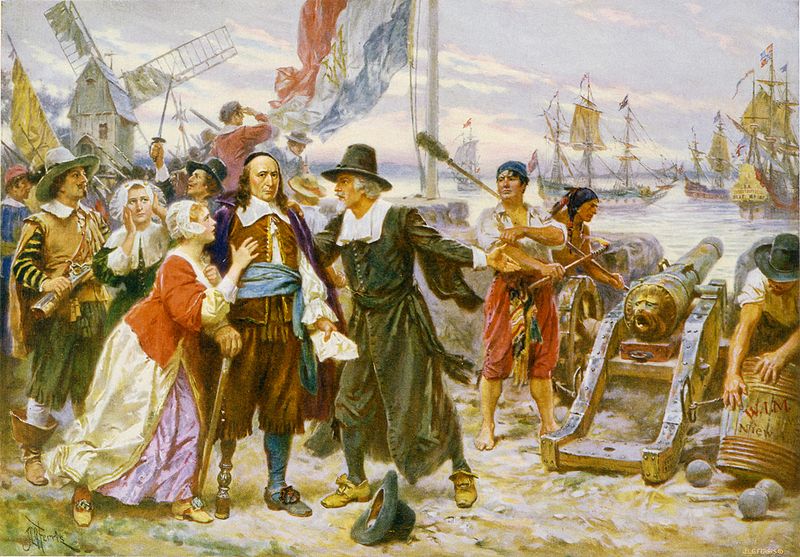
New York continued to grow rapidly and had about 7,000 inhabitants by 1700. By 1776 the population was about 25,000 and in 1800 New York City had about 60,000 inhabitants.
Here is another story from us: The story behind the New York’s steamy streets
After the American Revolution, it became the first capital of the United States.
